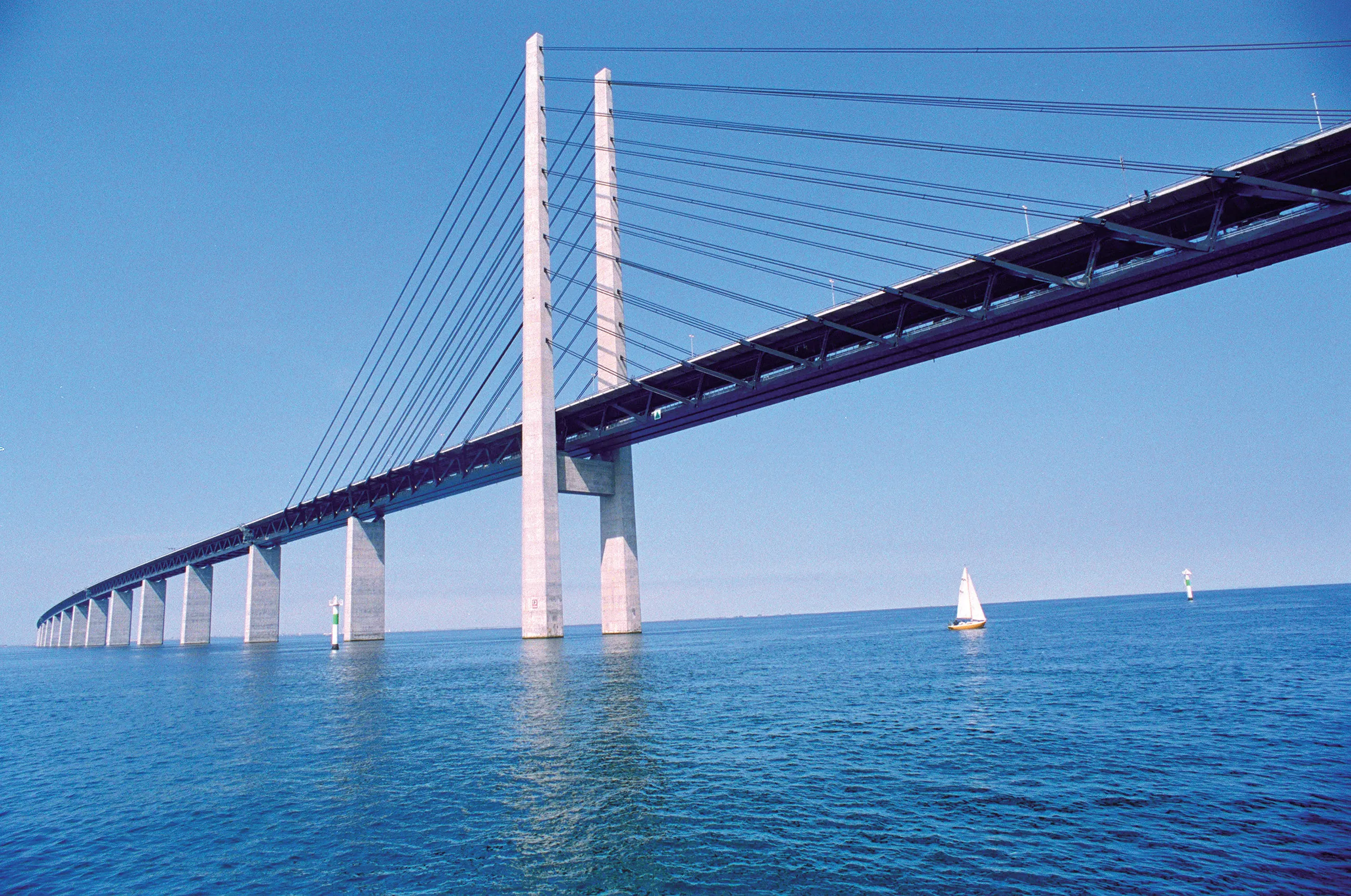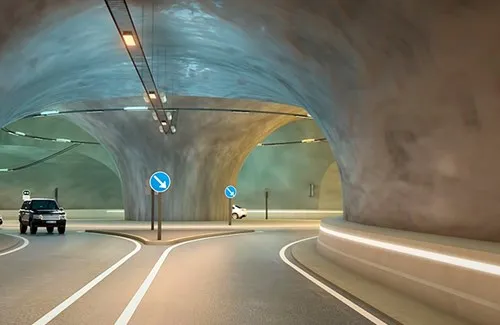A proposal for a new bridge from Sweden to Denmark is included in the Swedish government's new infrastructure development plan for the country. The Swedish politicians would prefer a fixed link and they have invited the Danish government to examine the prospects for bridge plans. The Swedish suggestion is for a bridge link across the Sound (Øresund) between Helsingør in Denmark and Helsingborg in Sweden and Danish officials have been invited to comment. This proposal forms part of Sweden’s new infrastructur
July 3, 2012
Read time: 2 mins

A proposal for a new bridge from Sweden to Denmark is included in the Swedish government's new infrastructure development plan for the country.
The Swedish politicians would prefer a fixed link and they have invited the1035 Danish Government to examine the prospects for bridge plans.
The Swedish suggestion is for a bridge link across the Sound (Øresund) between Helsingør in Denmark and Helsingborg in Sweden and Danish officials have been invited to comment. This proposal forms part of Sweden’s new infrastructure plan.
Meanwhile, tunnels, which are part of the existing Øresund (Copenhagen, Denmark to Malmo, Sweden) and Great Belt (Storebælt linking the Danish islands of Zealand and Funen), have been suffering water leaks due to cold winter weather.
The extreme temperatures have resulted in steel and concrete used in the construction of the links to contract. The leaks are not said to be critical and are being sealed with foam that fixates on contact with water.
Denmark’s National Association of Local Authorities is calling for €1.16 billion to improve the country’s roads. Many links have been damaged by the recent severe winter weather, while the country’s roads have suffered from reduced maintenance spending in successive years.
The Swedish politicians would prefer a fixed link and they have invited the
The Swedish suggestion is for a bridge link across the Sound (Øresund) between Helsingør in Denmark and Helsingborg in Sweden and Danish officials have been invited to comment. This proposal forms part of Sweden’s new infrastructure plan.
Meanwhile, tunnels, which are part of the existing Øresund (Copenhagen, Denmark to Malmo, Sweden) and Great Belt (Storebælt linking the Danish islands of Zealand and Funen), have been suffering water leaks due to cold winter weather.
The extreme temperatures have resulted in steel and concrete used in the construction of the links to contract. The leaks are not said to be critical and are being sealed with foam that fixates on contact with water.
Denmark’s National Association of Local Authorities is calling for €1.16 billion to improve the country’s roads. Many links have been damaged by the recent severe winter weather, while the country’s roads have suffered from reduced maintenance spending in successive years.








